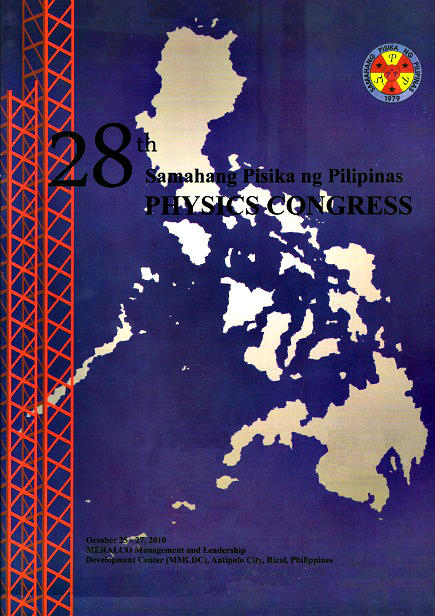Simultaneous visual and auditory cues enhance human random number generation
Abstract
We establish statistically that human-generated number sequences can be made random by utilizing external stimuli such as (a) visual cues in the form of number boards and (b) auditory cues rendered by hearing the numbers dictated by other participants in the group. Visual cues or auditory cues alone make the distribution of digits uniform but deficits in doublets and excess of sequential pairs are still observed. These biases, however, are remedied by using both visual and auditory cues simultaneously. We hypothesize from these results that visual and auditory cues can increase concentration, which is essential in tasks that use the short-term memory of the brain like random number generation.
Downloads
Issue
Strengthening physics research and education for a brighter tomorrow
25-27 October 2010, MERALCO Management and Leadership Development Center, Antipolo City











